Trying to decide between composite vs wood decking, which is right for you? This article breaks down the pros and cons of each to help you make an informed choice. We’ll cover cost, upkeep, and aesthetic differences so you can choose the best fit for your outdoor space.
What is Wood Decking?
Wood decking is a popular choice for outdoor spaces, celebrated for its natural beauty and versatility. Offering various wood species like cedar, redwood, and Ipe, each type brings unique benefits that enhance the aesthetic appeal of any outdoor area.
Key Features of Wood Decking:
- Natural Aesthetic: Offers a warm, authentic look with unique grain patterns and rich colors.
- Versatile Options: Available in various wood species like cedar, redwood, and Ipe, each with distinct benefits.
- Timeless Appeal: Provides a classic, elegant appearance that complements natural surroundings.
- Customizable: Can be tailored with different stains and finishes to suit personal style preferences.
However, wood decking demands regular maintenance to preserve its appearance and prevent damage. Tasks such as painting, staining, and sealing are necessary to protect the wood from environmental factors like water damage, UV exposure, and insect infestations. This upkeep can become labor-intensive and costly over time, as neglect may lead to issues like warping, splintering, and decay.
What is Composite Decking?
Composite decking has emerged as a favored eco-friendly alternative to traditional wood decking. Crafted from a blend of wood fibers and plastic, composite deck boards offer the appearance of real wood while providing enhanced durability and minimal maintenance.
Key Features of Composite Decking:
- Durable Construction: Engineered to withstand harsh weather, resisting splintering and warping.
- Low Maintenance: Requires only periodic cleaning, eliminating the need for painting or sealing.
- Eco-Friendly Materials: Made from recycled materials, reducing environmental impact.
- Long Lifespan: Typically lasts 25 to 30 years, offering a long-term solution for outdoor spaces.
This makes it an attractive option for those who want to enjoy their outdoor space without the hassle of constant upkeep.
Side-by-Side Comparison: Wood vs Composite Decking
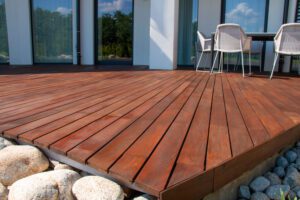
When choosing between wood and composite decking, it’s helpful to compare them side by side across several key categories. This will help you determine which decking material best suits your needs and preferences.
Aesthetic Appeal
When it comes to aesthetic appeal, both wood and composite decking offer distinct advantages that can enhance the beauty of your outdoor space.
Wood Decking:
- Timeless, Natural Look: Celebrated for its unique grain patterns and rich colors, providing a warm and inviting ambiance.
- Seamless Integration: Blends effortlessly with natural surroundings for a cohesive outdoor environment.
- Customizable: Offers personalization with various stains and finishes, allowing for a bespoke outdoor space tailored to personal style preferences.
Composite Decking:
- Real Wood Mimicry: Engineered to resemble the authentic charm of natural wood with intricate grain patterns and realistic finishes.
- Versatility: Available in a broader array of colors and textures, supporting creative and personalized deck designs.
- Durability: Provides a modern convenience without compromising on maintenance needs.
Whether you prefer the natural charm of wood or the modern convenience of composite, both options can create an inviting and beautiful deck that complements your home. The choice ultimately depends on personal preference and the desired look for your outdoor space, allowing you to enjoy a deck that reflects your style and enhances your living area.
Maintenance Requirements
Maintaining your deck is essential to ensure its longevity and appearance, with different approaches required for wood and composite decking.
Wood Decking Maintenance:
- Regular painting and staining to preserve color and protect against UV rays
- Sealing to prevent water damage and insect infestations
- Repairs for issues like splintering, warping, and decay
- Periodic replacement of damaged boards to maintain structural integrity
Composite Decking Maintenance:
- Occasional cleaning with soap and water to keep it looking fresh
- No need for painting, staining, or sealing, reducing time and effort
- Minimal repairs due to its durable construction
While wood decking demands more frequent and labor-intensive upkeep, composite decking offers a hassle-free alternative with minimal maintenance requirements. Choosing the right decking material will depend on your lifestyle preferences and the amount of time you’re willing to dedicate to maintaining your outdoor space.
Durability and Longevity
Wood and composite decking are different when it comes to durability, which can impact how long your deck will last while maintaining its appearance and safety.
Wood Decks:
- Susceptible to splinters, rot, and insect damage
- Requires regular upkeep to maintain integrity and appearance
- Lifespan varies depending on wood species and maintenance practices
- Pressure-treated wood offers enhanced durability but still needs diligent care
Composite Decking:
- Engineered to withstand weathering, pests, and wear and tear
- Provides a splinter-free surface ideal for high-traffic areas
- Typically offers a lifespan of 25 to 30 years
- Robust construction ensures long-lasting durability and reliability
Choosing between wood and composite decking depends on your priorities for maintenance and longevity. Composite decks offer a durable, low-maintenance option, while wood decks provide a classic aesthetic with more upkeep.
Comparing Costs Over Time

When comparing the costs of wood and composite decking over time, it’s essential to consider both the initial purchase price and the long-term expenses. Wood decking typically has a lower initial cost, making it an appealing option for budget-conscious homeowners. However, the ongoing maintenance and repairs required for wood decking can accumulate significant costs over the years.
Wood Decking Maintenance Costs:
- Regular painting and staining
- Sealing to prevent water damage
- Repairs for splinters, warping, and insect damage
- Potential replacement of damaged boards
In contrast, composite decking, while more expensive upfront, offers long-term savings due to its durability and minimal maintenance needs. With a lifespan of 25 to 30 years, composite decks provide better value over time, making them a wise investment for homeowners seeking a low-maintenance and long-lasting solution.
Composite Decking Maintenance Costs:
- Occasional cleaning with soap and water
- No need for painting, staining, or sealing
- Minimal repairs due to high durability
The reduced need for regular upkeep translates to lower long-term costs, allowing homeowners to enjoy their outdoor space without the financial burden of continuous maintenance.
Environmental Impact
Wood decking is made from natural timber, which can contribute to deforestation and environmental degradation. While wood is biodegradable and offers a natural option, the regular treatment with chemicals for maintenance can have negative environmental trade-offs. It’s important to consider the source of the wood and whether it comes from sustainable forestry practices.
Composite decking is often made from recycled materials, including reclaimed wood fibers and plastics. This eco-friendly approach supports sustainability by reducing landfill waste and deforestation, resulting in a lower environmental footprint compared to harvesting natural timber. Composite decks offer an environmentally conscious alternative for homeowners looking to minimize their impact on the planet while still enjoying a beautiful and durable outdoor space.
Making the Right Choice for Your Deck
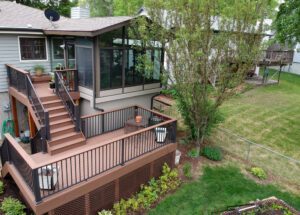
Deciding between wood and composite decking ultimately comes down to your personal priorities and preferences. If you value the authentic look and feel of natural wood and are willing to invest time and effort into maintenance, wood decking may be the right choice for you. Consider wood species like cedar, redwood, and treated lumber when comparing options.
For those seeking a low-maintenance, durable, and eco-friendly solution, composite decking is a compelling alternative. With options like Timbertech decking and Trex offering a range of styles and colors, you can find a composite deck that meets your aesthetic and functional needs using pressure treated lumber.
Evaluating your priorities and comparing different decking materials and deck material will help you make an informed decision that enhances your outdoor living space.
Design Your Deck with Deck Supply of Nashville
Choosing the right decking material for your home involves balancing aesthetics, maintenance, cost, and environmental impact. By considering these factors and evaluating your personal priorities, you can select the decking material that best suits your needs and enhances your outdoor living experience.
Ready to transform your deck into a serene retreat? Consult with Deck Supply of Nashville today to discover the best type of decking material tailored to your lifestyle. Our expert team can help find the material that fits your maintenance ability and give advice on how to keep your deck in the best condition. Whether you’re looking for durability, aesthetic appeal, or low maintenance options, we have the right solutions for you. Contact Deck Supply of Nashville and let us help you create a deck that you’ll love for years to come!

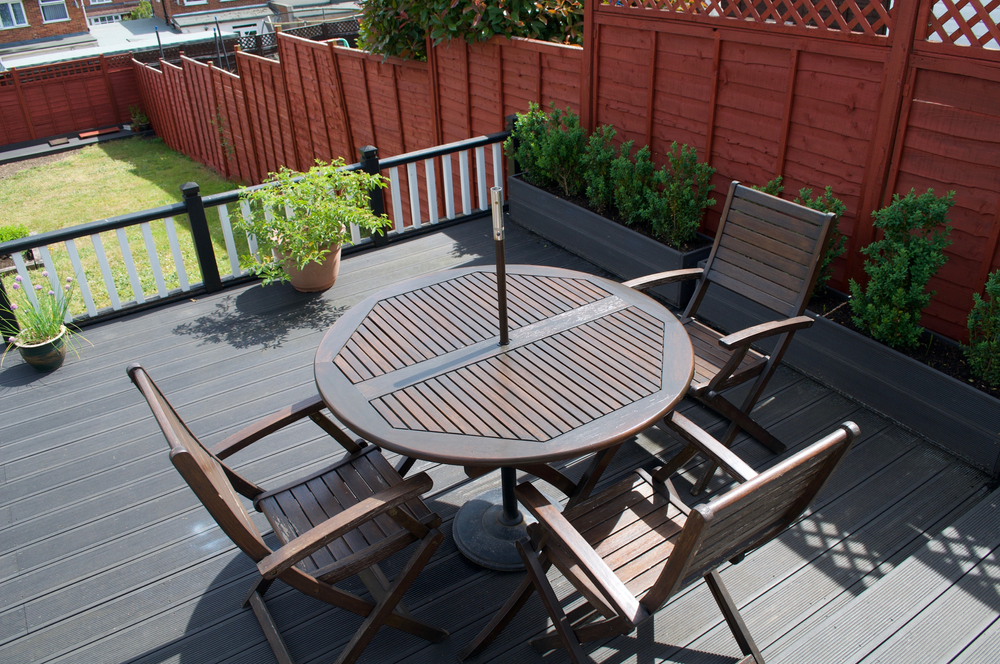
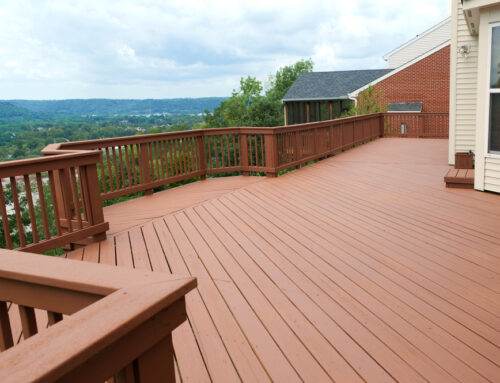
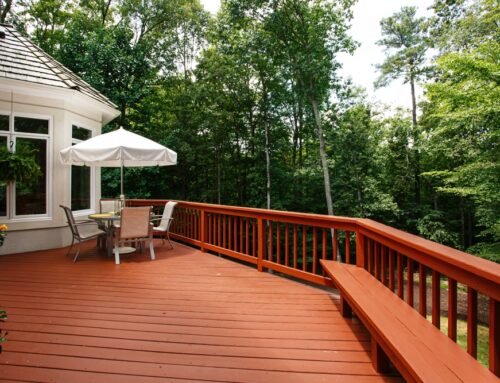
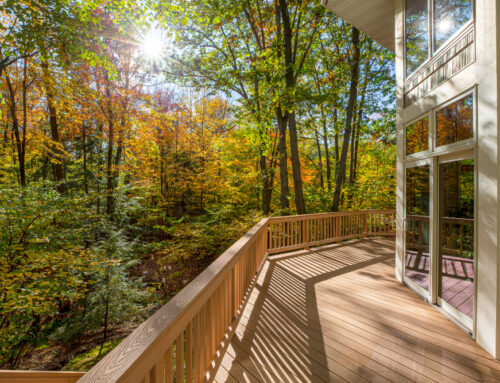
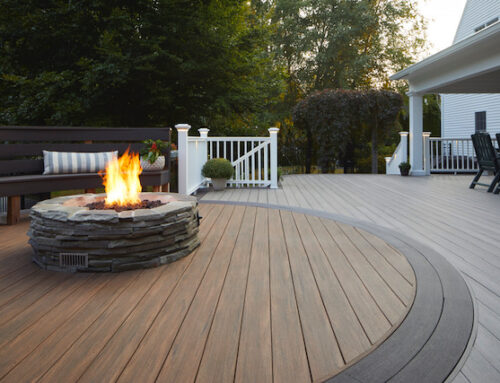

Leave A Comment